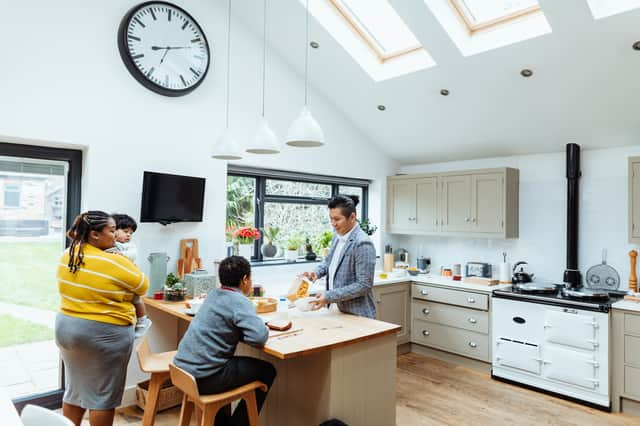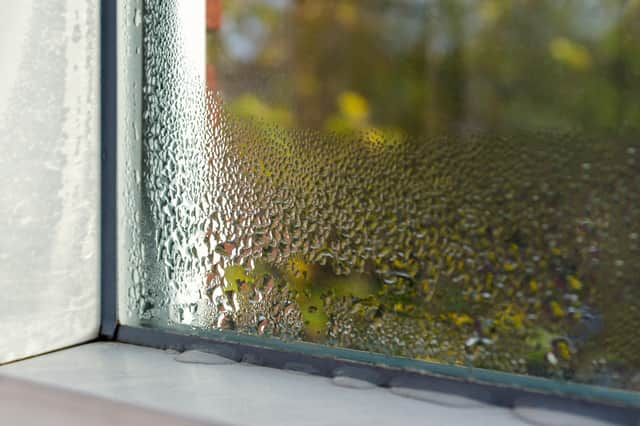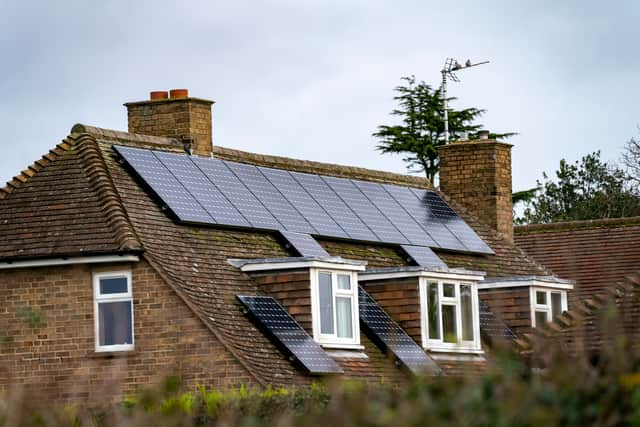What to look out for when retrofitting your home to make it energy efficient


In fact, the Scottish Government estimates that around 1.5 million private homes in Scotland will require energy efficiency upgrades to achieve 2045 net zero targets.
Simply put, “retrofitting” means making improvements to our home so that it uses less energy. This could involve anything from topping up loft insulation to installing a heat pump. However, there’s no one-size fits all approach. Your home is as individual as you are and needs to be seen as a system. You also want to make the changes that will help you see the biggest improvements in terms of money-saving and going green. Such improvements will benefit your home overall, as well as help tackle the climate emergency.
In this article, with expert advice from Marc Brammer, environmental charity Changeworks’ Senior Retrofit Coordinator, we’ll outline some of the things to consider if you’re planning a home retrofit. We’ll also show you what to avoid, ensuring that you can get the best results for your home (and the planet).
Going straight for solar panels
When the energy crisis started, a lot of people began thinking about how to generate their own electricity to save money. This is understandable. The energy we get from the sun is free, so installing solar panels seems like a commonsense way to cut down on our energy bills.
However, whether adding solar panels will help save on your bills depends on how your home uses energy. For example, installing solar panels should help cut your electricity costs. But if you’re using gas central heating, you probably won’t see as significant a reduction as you hoped for, as this relies on expensive fossil fuels.
In most cases, our biggest energy expenditure is heating our home. As a result, the most effective retrofit measure is insulation. Since an uninsulated home leaks a lot of heat through its walls, roof and floor, improving our home’s ability to keep heat in is essential. The type of insulation best suited for your home will depend on its construction and what insulation has already been installed, but it’s usually the best place to start your retrofit.


Forgetting to ventilate
‘Ventilation is often the one big thing that people forget to consider,’ says Marc Brammer. ‘By now, we’re all fairly familiar with insulation and renewable technologies, but proper airflow is equally key to any successful retrofit.’
Adding insulation improves the barrier between the inside and outside of your home. This is helpful for keeping the heat in, but it can also trap unwanted waste products such as moisture. Moisture produced by cooking, washing, and simply breathing needs an escape route to the outdoors. Without proper ventilation to allow this, you could introduce a condensation problem to your home. Excess condensation can lead to black mould, which has been linked to several health issues, including asthma and allergies.
Adapting your habits
A retrofit doesn’t end when the work to your home is complete. Making the most of energy efficiency improvements involves small changes in the way we run our homes. For example, Air Source Heat Pumps work most efficiently (and cost effectively) when they’re left to run for long periods of time. If you’re used to gas central heating, which usually involves short bursts of rapid heating, it might take a little time to switch mindset.
As another example, solar panels generate free electricity during daylight hours. You can use this free energy efficiently by doing things like charging mobile phones or cooking a hot meal with your electric oven in the daytime rather than the evening.


Home retrofit service EcoCosi
EcoCosi from Changeworks provides expert support when it comes to retrofitting. We provide a bespoke plan for making your home as energy efficient and environmentally friendly as possible, tailored to your home and needs. From there, we’re with you every step of the way on your retrofit journey, making sure you avoid any of the common pitfalls. ‘This includes supporting you with accessing funding, finding quality suppliers and overseeing the installation process’, says Marc. ‘At the end, you’ll not only have a warmer, greener home, you’ll also be confident of how to make the most of keeping the warmth in your home.’
Find out more from Changeworks here